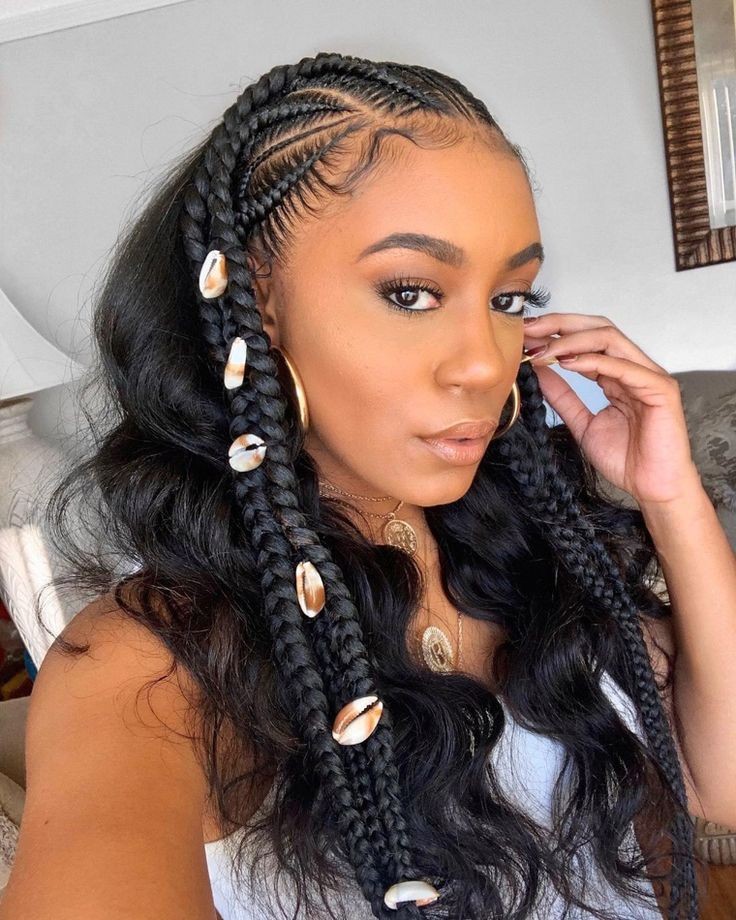Carrot plaiting is a popular African hairstyle, also known as “cornrows” or “box braids.” It involves braiding small, tight, and closely-packed sections of hair close to the scalp. The result resembles a pattern of lines, and it’s called “carrot plaiting” due to its similarity to the shape of a carrot. This style is low-maintenance, protective, and can be worn for an extended period. It’s a versatile and stylish option for those seeking a unique and trendy look.


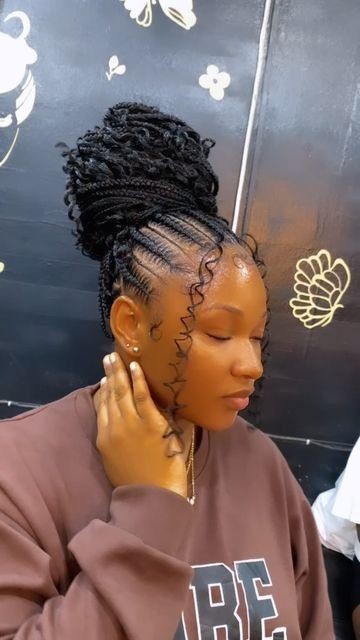
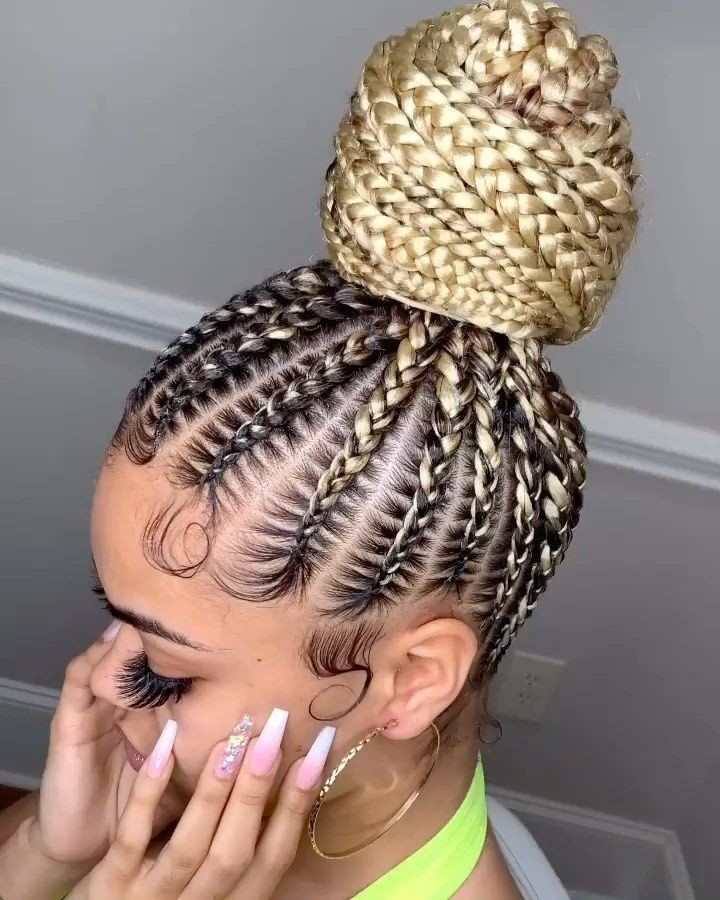


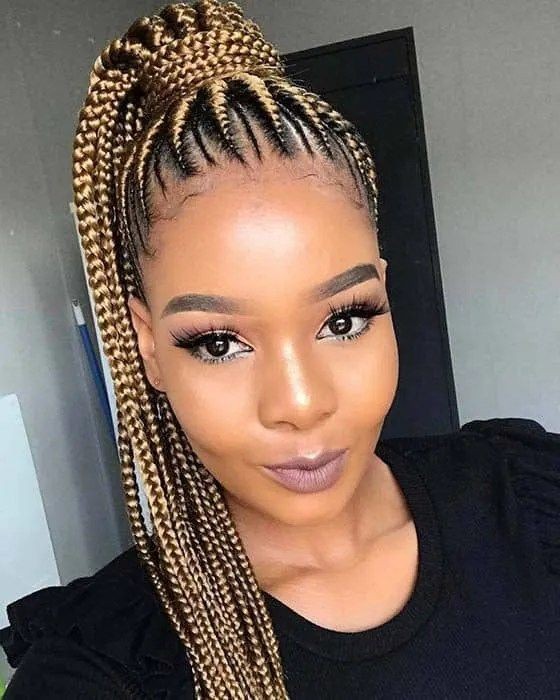




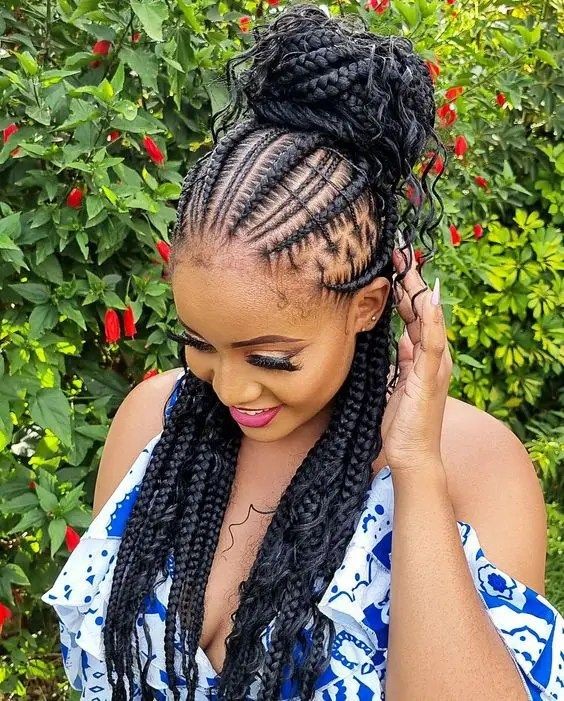

Carrot Plaiting Hairstyles: Embracing Afrocentric Elegance
Carrot plaiting hairstyles, also known as Ghana braids or Banana braids, are a true celebration of African beauty and culture. This timeless and versatile braiding style has been adorning the heads of queens, fashionistas, and iconic celebrities like Alicia Keys, Janelle Monáe, Nomzamo Mbatha, Yara Shahidi, and Zendaya. It’s not just a hairstyle; it’s a statement that speaks volumes about African heritage and style.



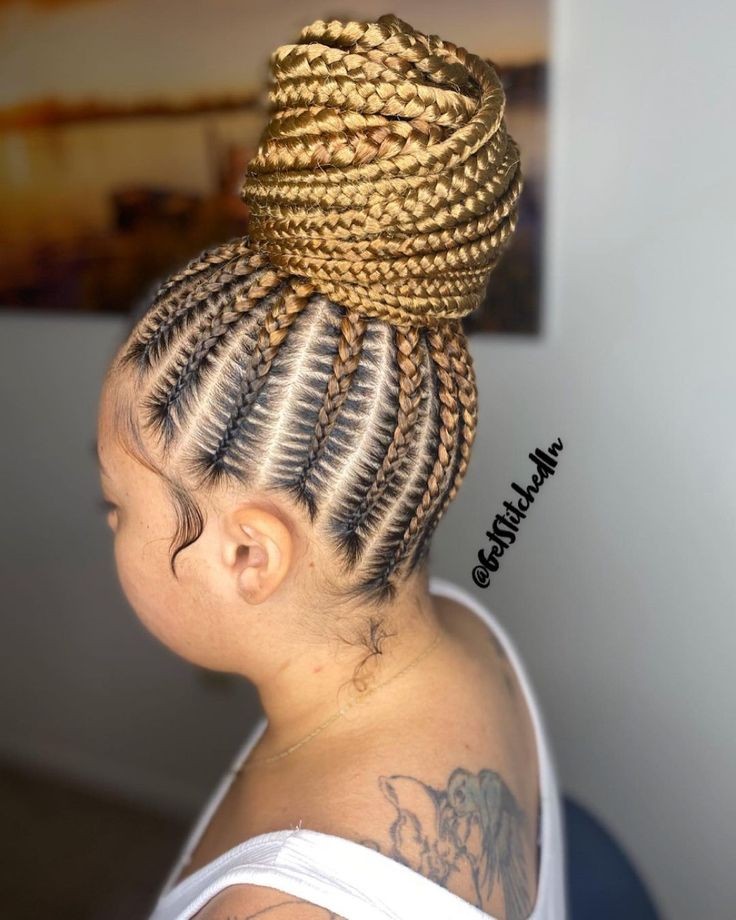



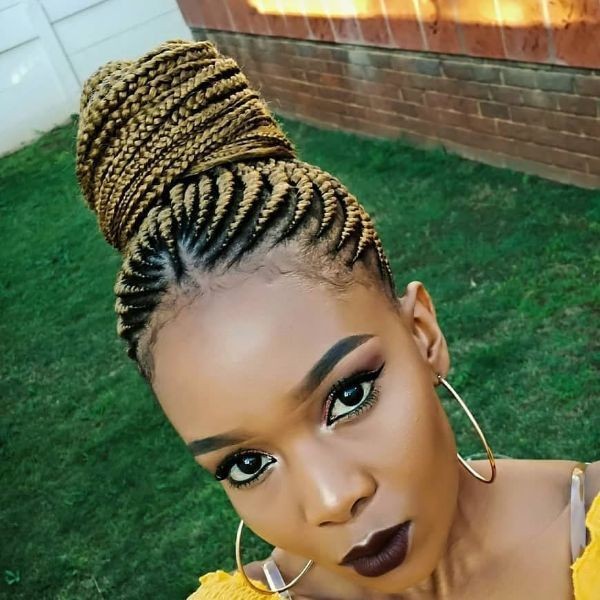

1. The Roots of Carrot Plaiting
Carrot plaiting hairstyles have a rich history, dating back centuries. Originally from West Africa, these intricately woven braids served both practical and cultural purposes. They were a symbol of status, age, and marital status, and they protected hair from harsh elements while embodying a sense of unity within African communities.


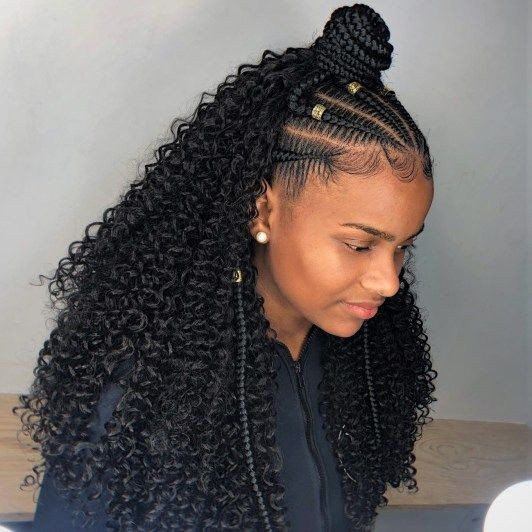






2. Versatility and Expression
The beauty of carrot plaiting lies in its adaptability. From short to long hair, this style can be tailored to suit any individual. With various patterns, sizes, and accessories like beads, ribbons, and shells, you can effortlessly personalize your look and reflect your personality, just like how style maven Eva Marcille always manages to stand out.


3. Creme of Nature: Nourishing Your Roots
To maintain the health and luster of your carrot plaiting hairstyle, it’s essential to use premium hair care products like Creme of Nature. Their products are enriched with natural ingredients, ensuring your hair stays moisturized and protected throughout the braiding process. Healthy hair leads to fabulous braids that will make you feel like a superstar, just like Janelle Monáe on the red carpet.
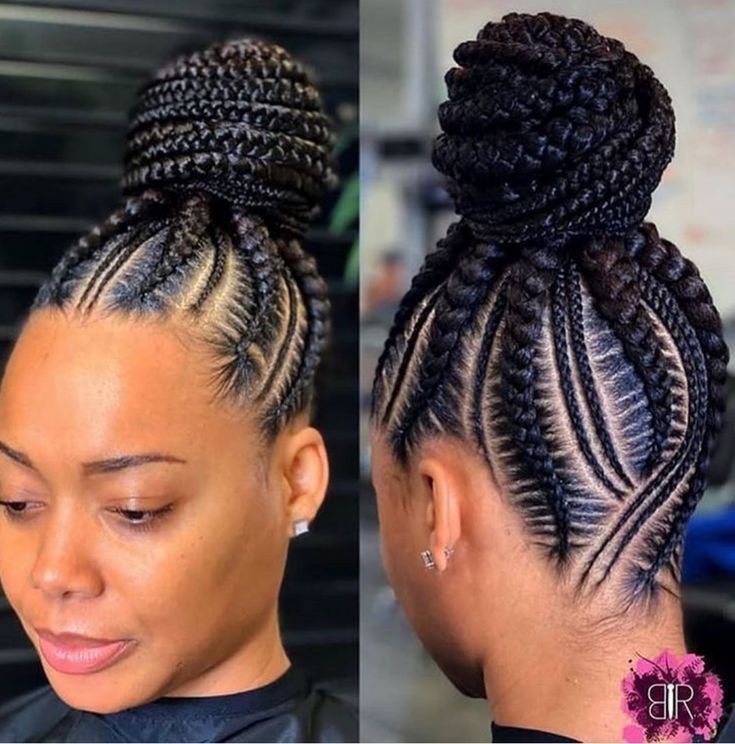

A Step-by-Step Guide to Achieving Carrot Plaiting
- Start with clean and detangled hair. A great detangler, like one from Eva Marcille’s recommended collection, will make the process smoother.
- Section your hair and moisturize each part with a water-based leave-in conditioner.
- Divide the section into three equal strands and begin braiding, adding more hair from the sides as you go along.
- Continue the plait until you reach the desired length, and secure with a hairband.
- Repeat the process for all sections, and if desired, accessorize with beads or ribbons.
5. The Empowering Influence of Celebrities
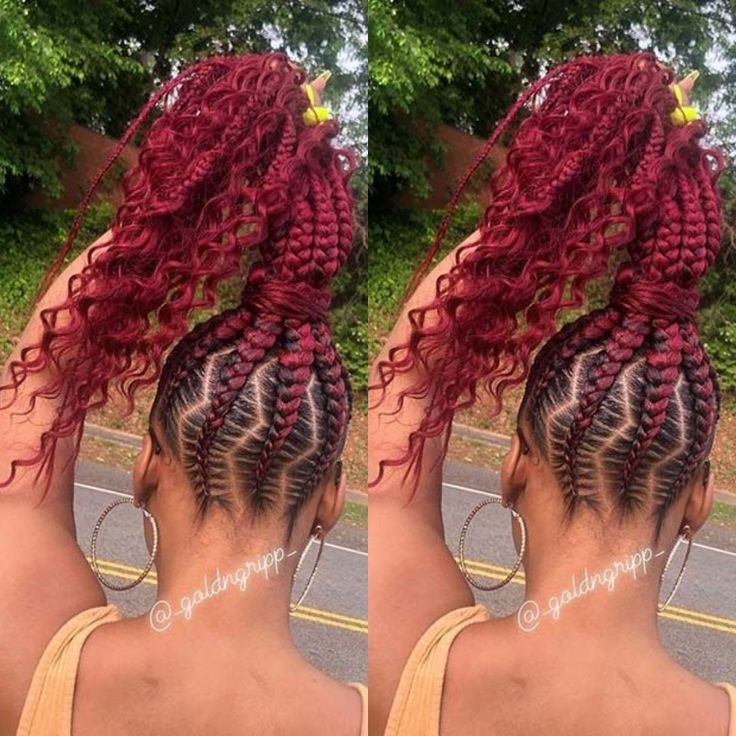

Celebrities like Zendaya and Yara Shahidi have been instrumental in popularizing carrot plaiting hairstyles. Their bold and confident embrace of this traditional African style has inspired countless individuals to embrace their roots and express themselves fearlessly.


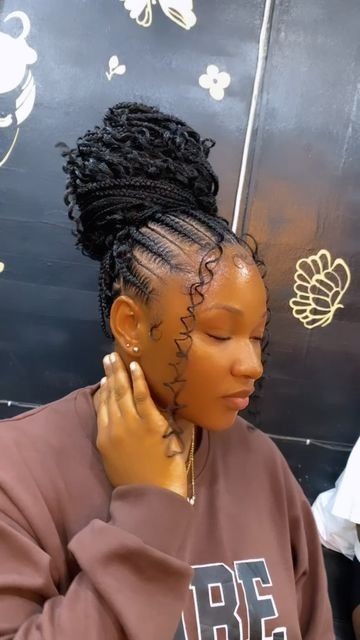



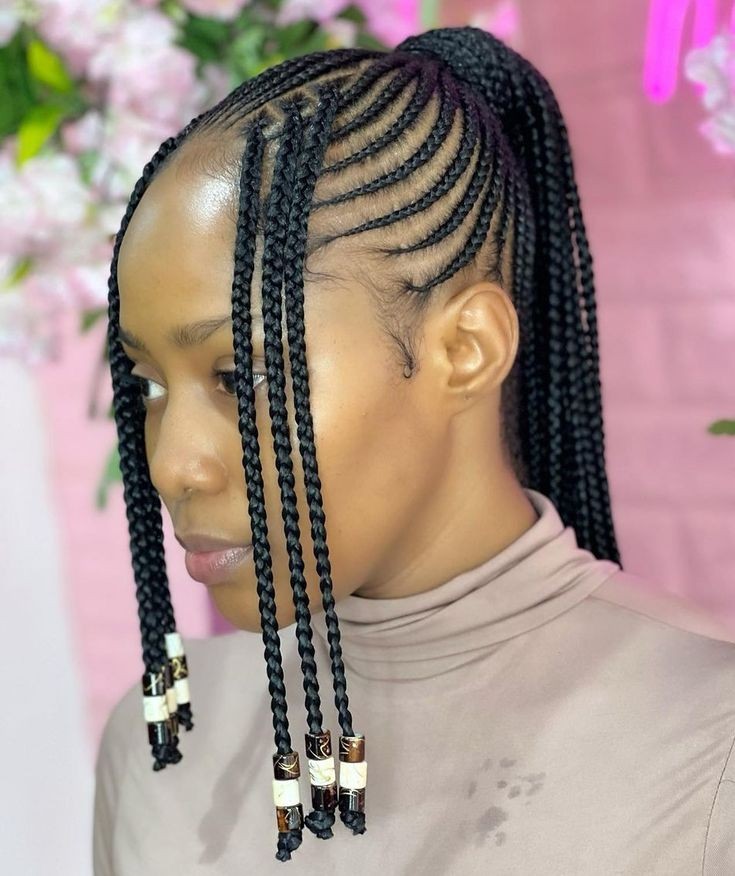

Carrot plaiting hairstyles are more than just a fashion statement; they represent a deep-rooted connection to African culture and heritage. With their versatility, cultural significance, and the influence of inspirational figures like Alicia Keys and Nomzamo Mbatha, it’s no wonder that these braids continue to be a symbol of empowerment and elegance for women worldwide.
So, if you’re ready to rock a breathtaking hairstyle that exudes Afrocentric beauty and celebrates individuality, dive into the world of carrot plaiting, and let your hair become a canvas of art that honors the past and embraces the future.




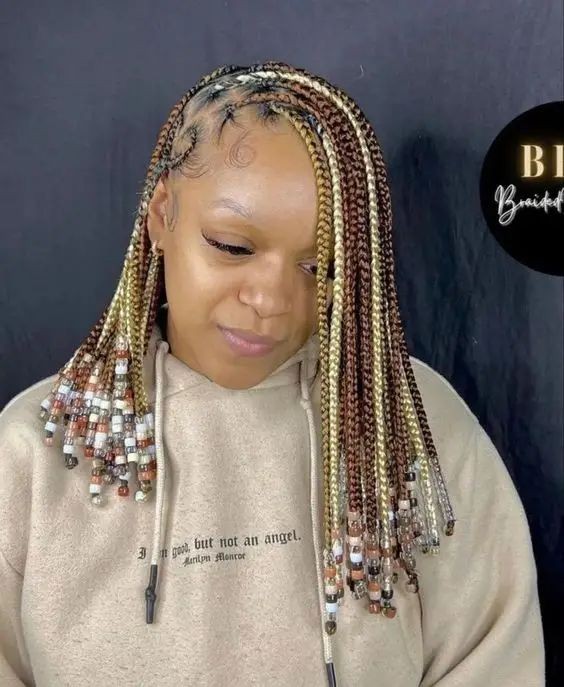



Remember, your style journey begins with the first braid, so why not take inspiration from the stars who wear their braids like crowns? Let your hair tell a story—a story of African pride, self-expression, and timeless allure.
Carrot hairstyles with singles
Carrot hairstyles with singles typically refer to box braids or single braids that are narrow and tapered, resembling the shape of a carrot. These braids are done individually, using synthetic hair extensions for added length and thickness.
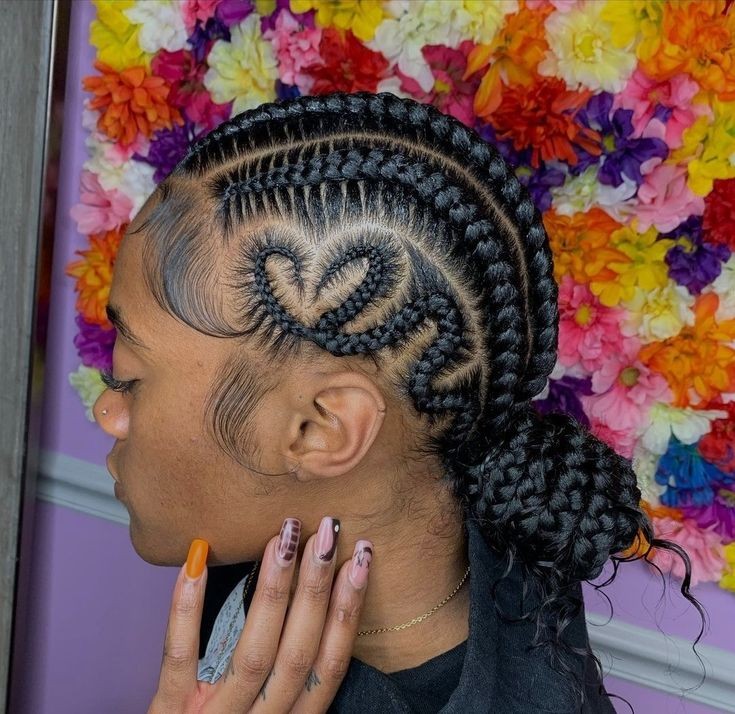



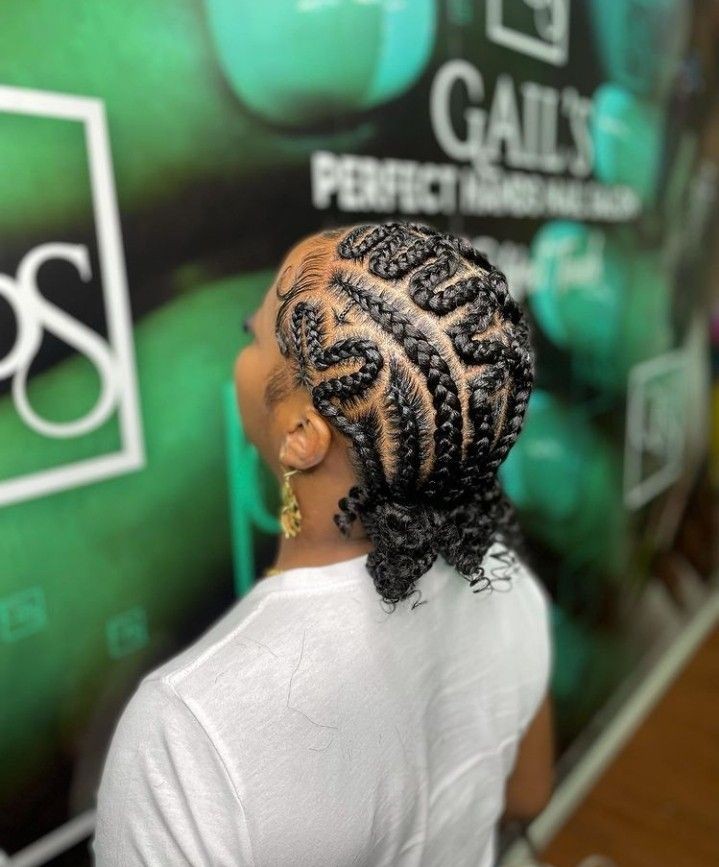

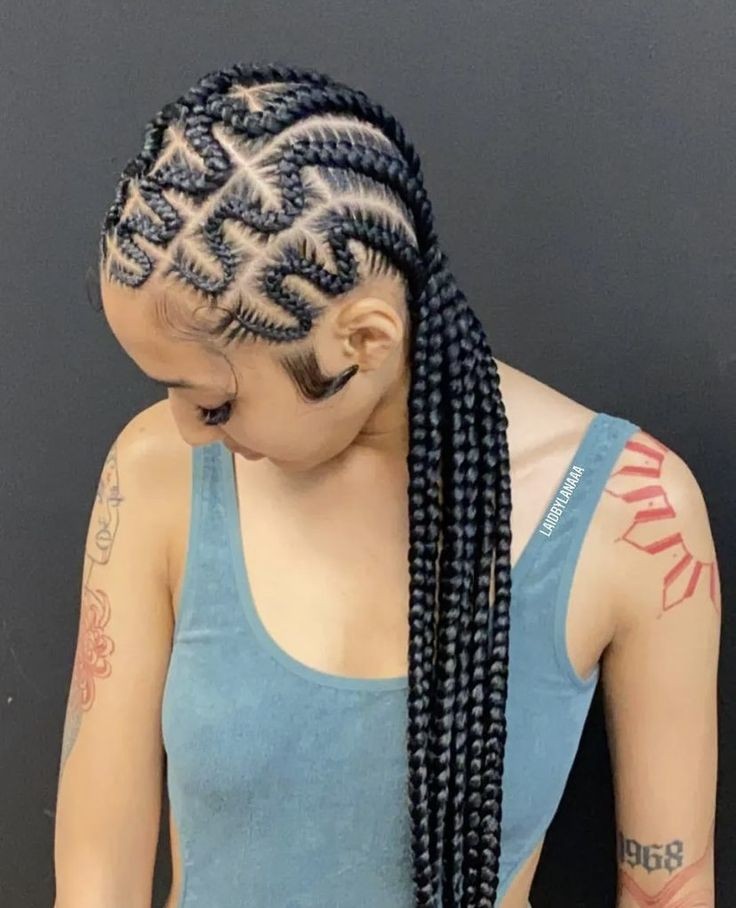

Carrot-style singles can be created in various lengths and often require sectioning and meticulous braiding techniques. They provide a trendy and manageable option for protective styling, allowing for versatile and creative hairstyles.
Carrot plaiting hairstyles with beads
Carrot plaiting, also known as cornrows or Ghana braids, involves weaving narrow, raised braids close to the scalp. To add beads, you thread them onto the strands before braiding and secure them in place. Beads can be positioned at regular intervals along the length of each braid, creating a decorative and eye-catching hairstyle. This style is popular for its versatility and ability to incorporate various bead sizes and colors for a personalized look.
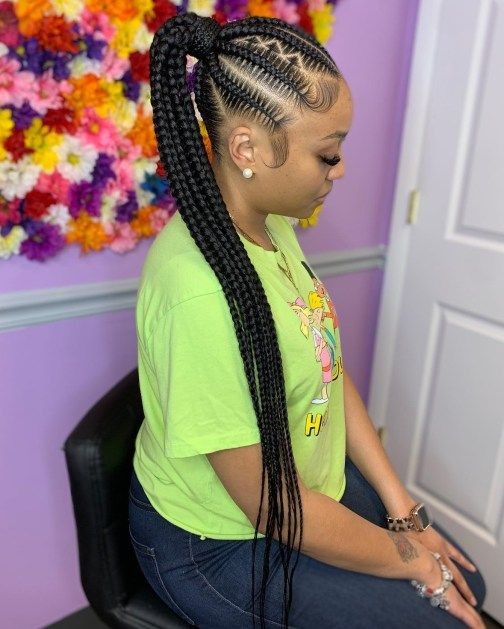

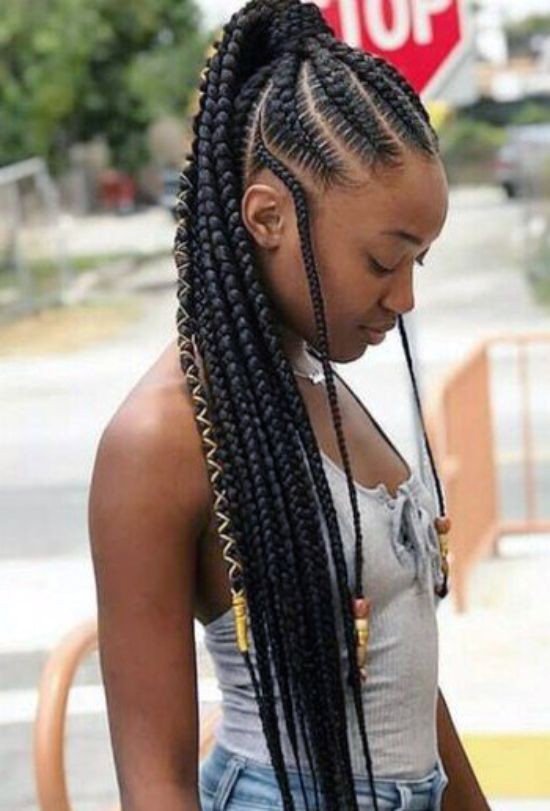

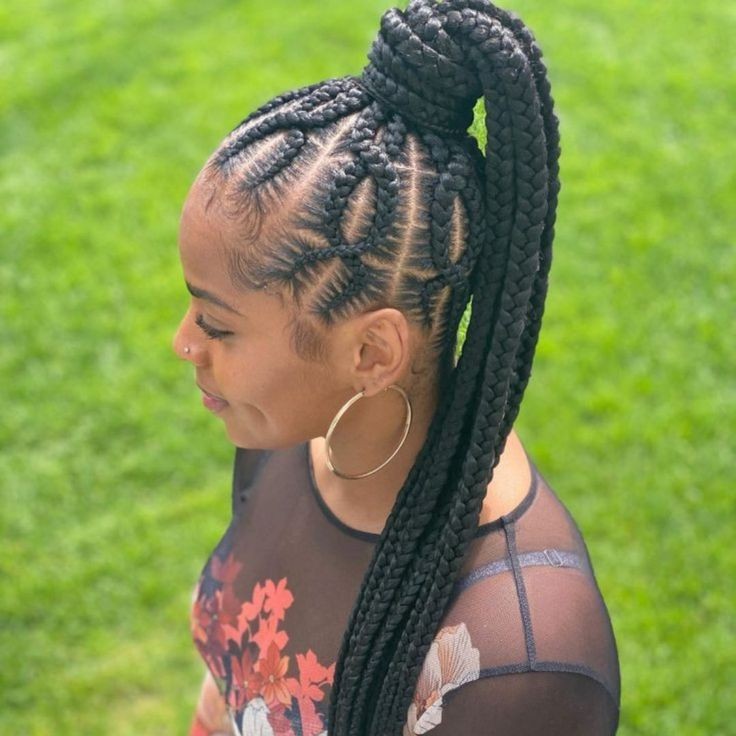

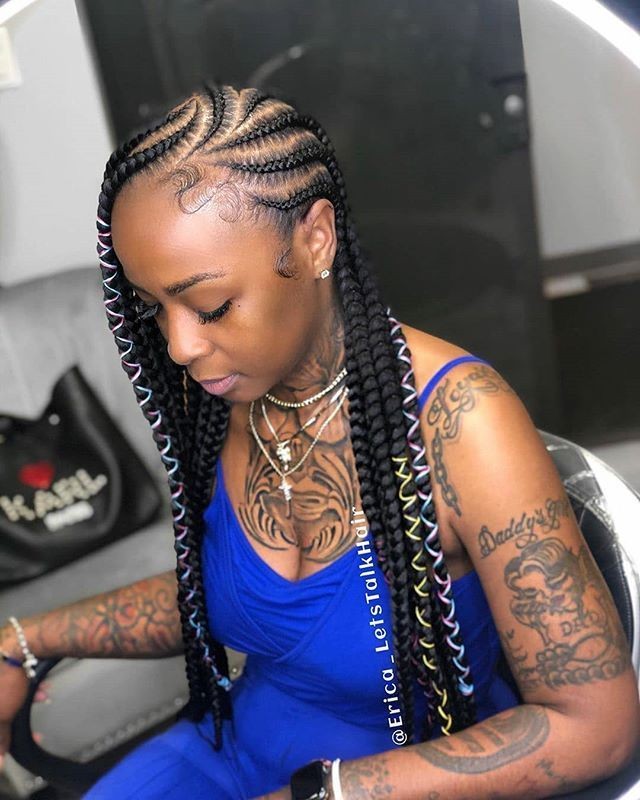

Big carrot hairstyles
Big carrot hairstyles are a variation of cornrows or box braids where the braids are larger in size and resemble the shape of carrots. These braids are thicker and less numerous than traditional cornrows, giving a bold and chunky appearance. Big carrot hairstyles provide a unique and eye-catching look while still offering versatility for different styling options, making them a popular choice for those who want a distinctive and fashionable hairstyle.
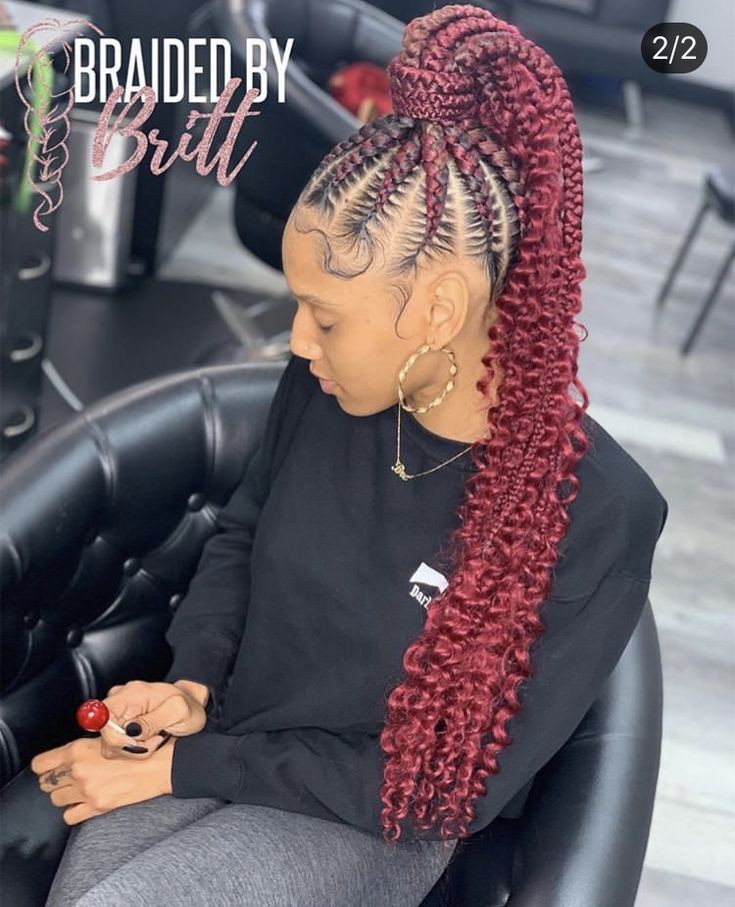


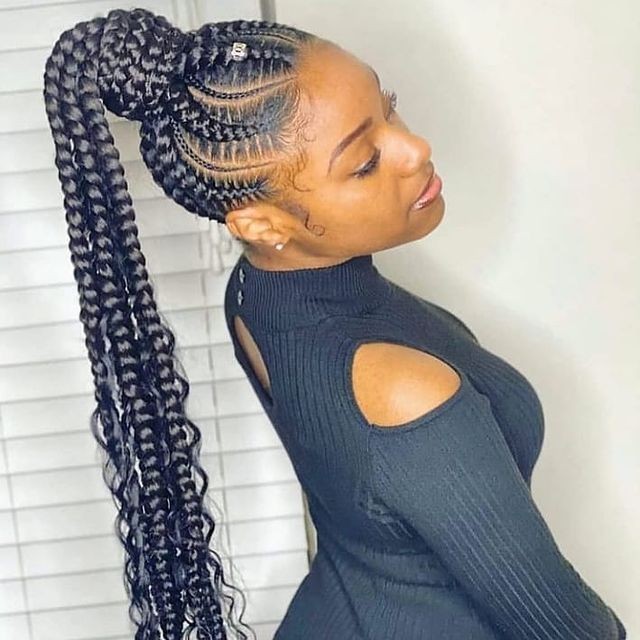





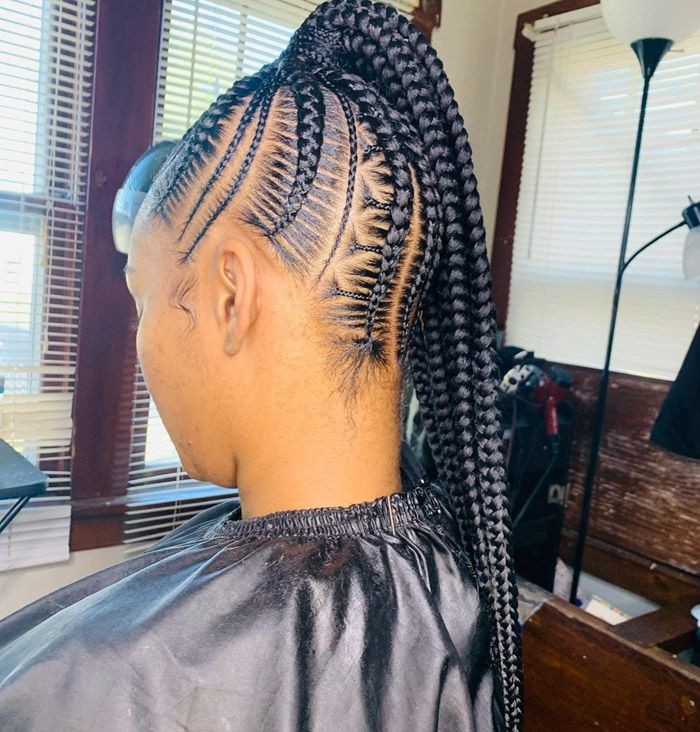


Zimbabwean carrot hairstyles
Zimbabwean carrot hairstyles, also known as Zimbabwean carrot braids, are a specific style of braided hair that is popular in Zimbabwe and other African countries. These braids are characterized by their small and tightly woven appearance, resembling the shape of carrots. They are typically done close to the scalp and can be adorned with beads, colored extensions, or other decorative elements. Zimbabwean carrot hairstyles are known for their durability and ability to maintain a neat and elegant look for an extended period, making them a favored choice among many Zimbabwean women for both everyday wear and special occasions.
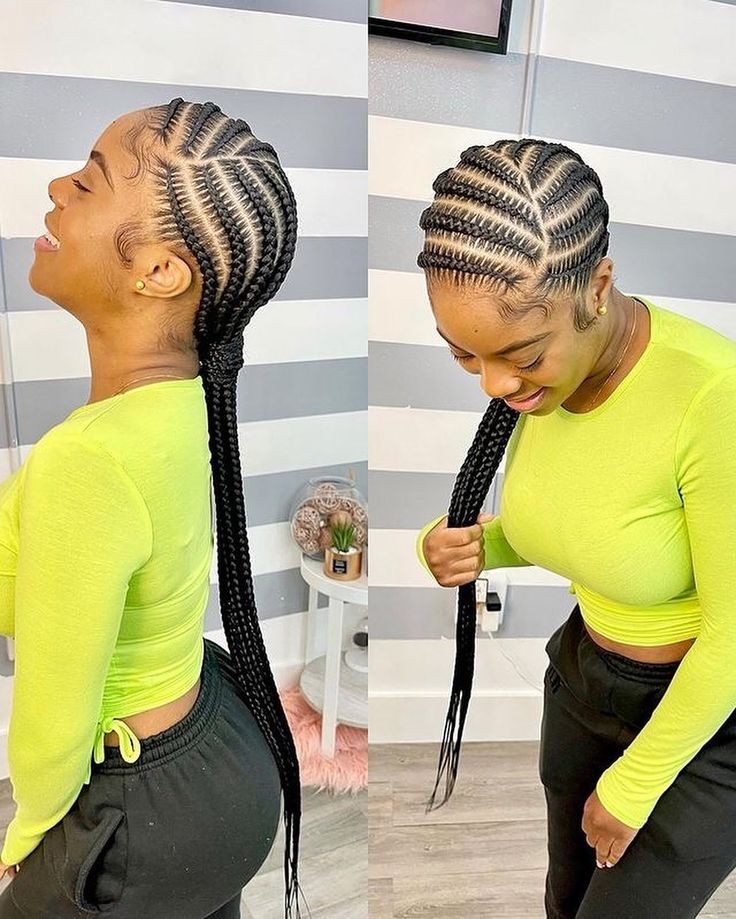

How to Plait Carrot Hairstyle: A Masterclass in African Braiding
Plaiting carrot hairstyles may seem intricate, but with the right technique and a touch of creativity, you’ll master this elegant art in no time. Let’s dive into a step-by-step guide to achieving the perfect carrot plait:
1. Preparing Your Tresses
Start by washing and conditioning your hair with a nourishing product like Creme of Nature, ensuring your locks are clean and hydrated. Detangle your hair gently, as healthy hair sets the foundation for stunning plaits.


2. Sectioning with Precision
Divide your hair into neat and even sections, as this will determine the pattern and structure of your carrot plaiting. Use a rat-tail comb to create clean lines, mirroring the precision that Zendaya brings to her red-carpet looks.
.3. Moisturizing the Mane
Before plaiting, apply a water-based leave-in conditioner to each section. Moisturizing your hair will not only make it more pliable but also protect it from potential damage during the styling process, just as Nomzamo Mbatha’s radiant locks always seem to stay flawless.


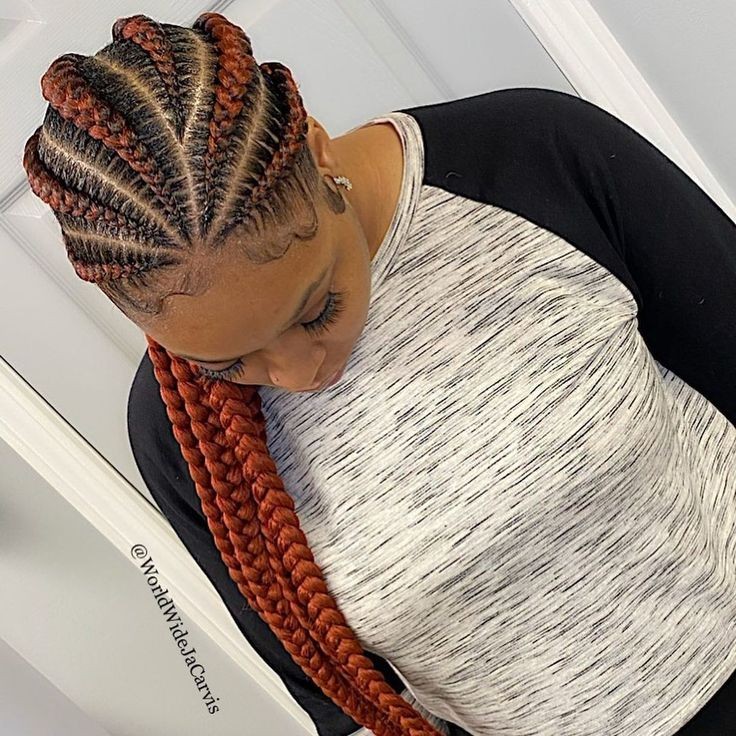

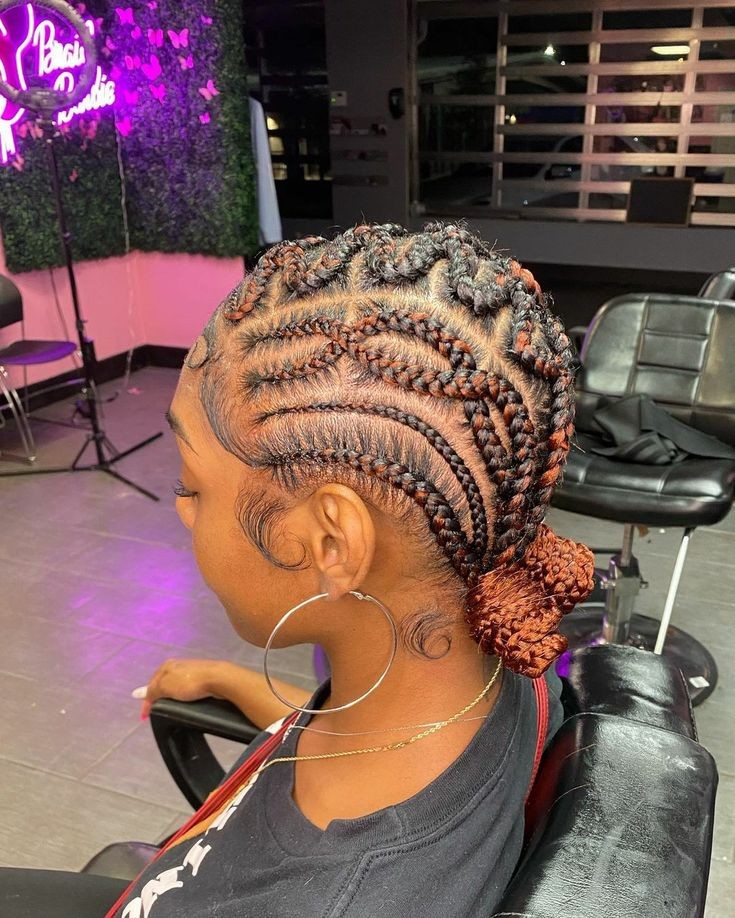

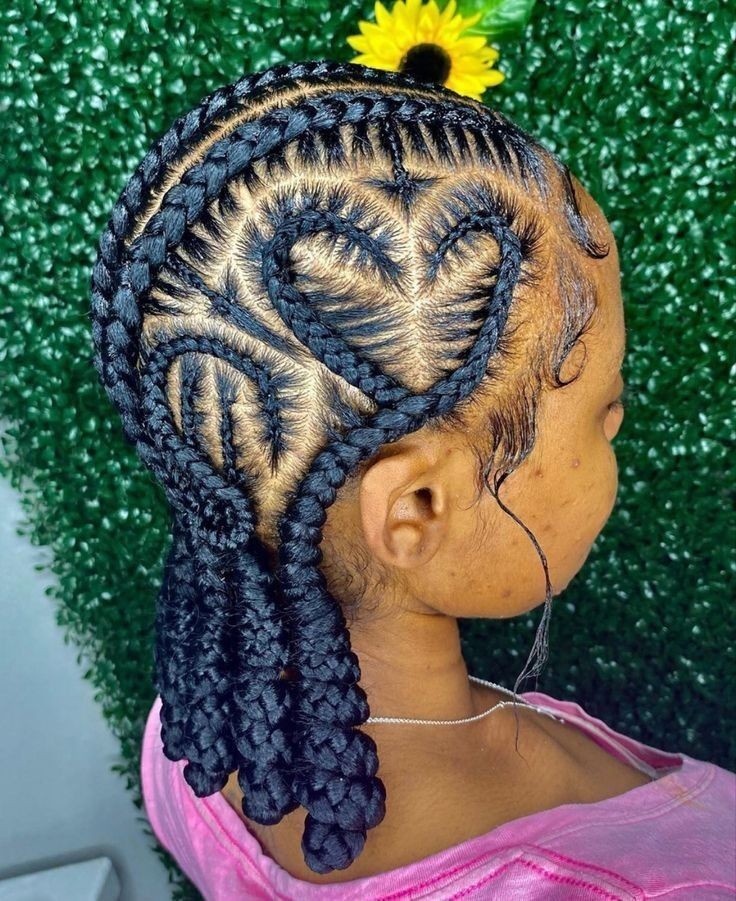

4. The Carrot Plaiting Technique
Take three strands of hair from one section and begin the braiding process, incorporating hair from the sides as you go. Repeat this technique along the entire length of your hair until all sections are beautifully woven together. Alicia Keys’ soulful presence shows how confidence and grace are key elements of any carrot plaiting hairstyle.


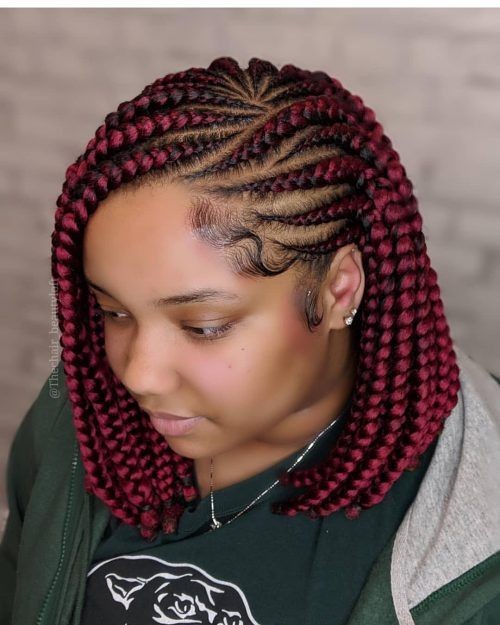

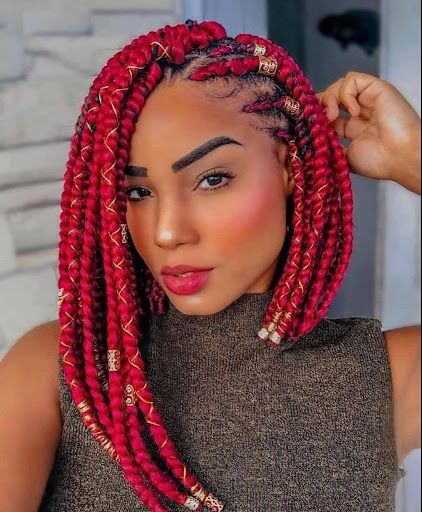

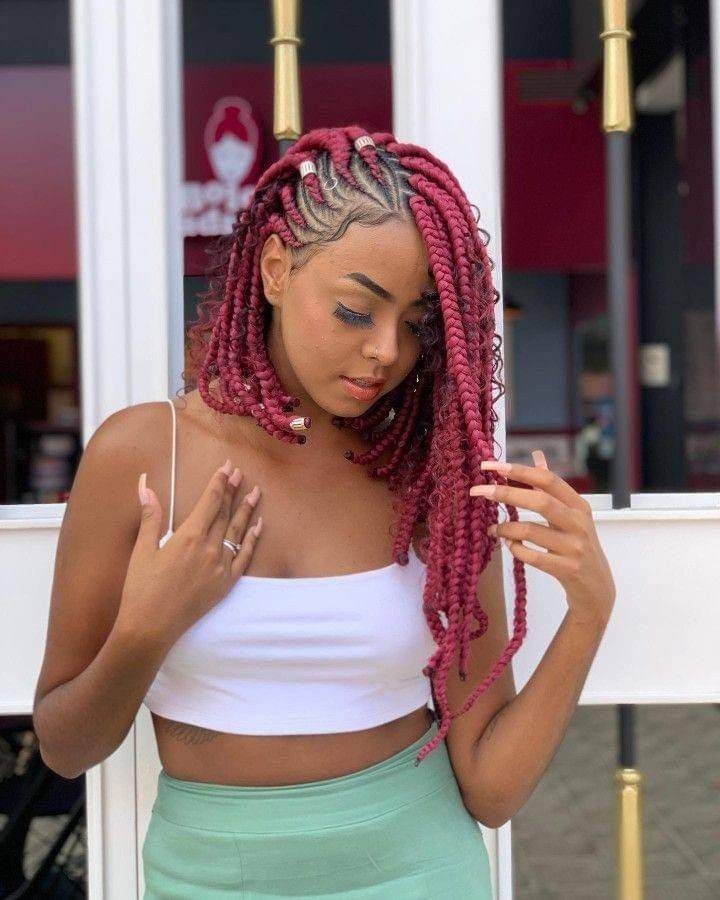

Are Plaits Good for Hair?
Yes, plaits (also known as braids) can be good for hair. They offer several benefits such as reduced breakage and tangling by keeping the hair protected and contained. Plaits distribute tension evenly along the strands, preventing stress on specific areas. They can also help retain moisture, promoting healthier hair. However, wearing plaits too tightly or for extended periods may cause damage or breakage. It’s essential to avoid excessive tension and ensure proper care and maintenance to reap the benefits of plaits while safeguarding the hair’s health.


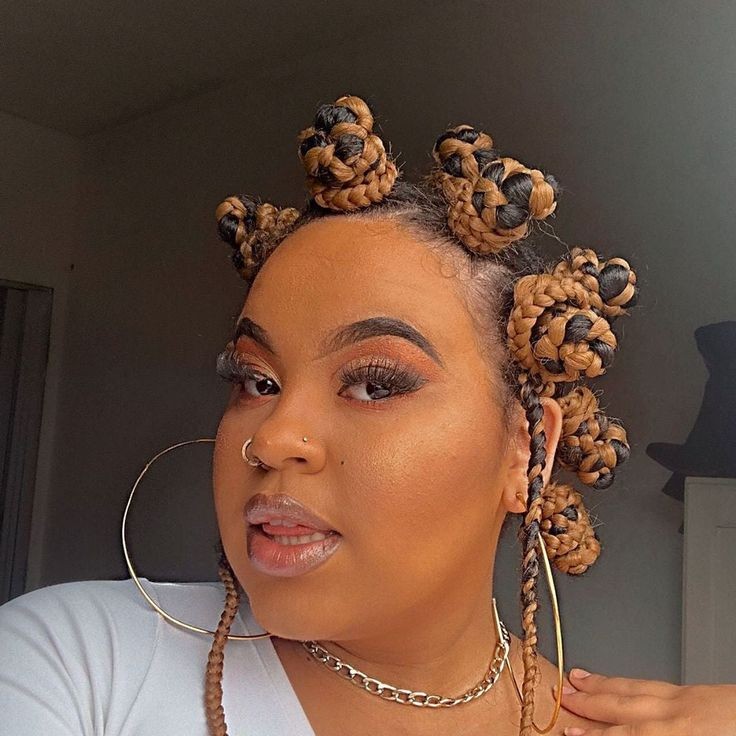





Is Plaiting Hair Bad?
Plaiting hair can be bad if done too tightly or worn for extended periods, as it may cause damage, breakage, and hair loss. Tight plaits can lead to stress on the hair follicles and scalp, potentially resulting in traction alopecia. It’s crucial to avoid excessive tension and give the hair breaks between styles to maintain healthy hair. Proper care, using quality products, and avoiding over-tight hairstyles are essential to minimize potential damage.












Does Carrot Hairstyles Promote Hair Growth?
Carrot hairstyles, also known as “carrot braids” or “carrot curls,” are a type of protective hairstyle that involves curling or braiding the hair to create a carrot-like shape. Carrot hairstyles themselves do not promote hair growth. Hair growth is determined by internal factors like genetics, diet, and overall health, not by the hairstyle. However, protective hairstyles like carrot styles can help retain length and protect hair from damage, which may indirectly support healthier hair growth if combined with proper hair care and a balanced diet.
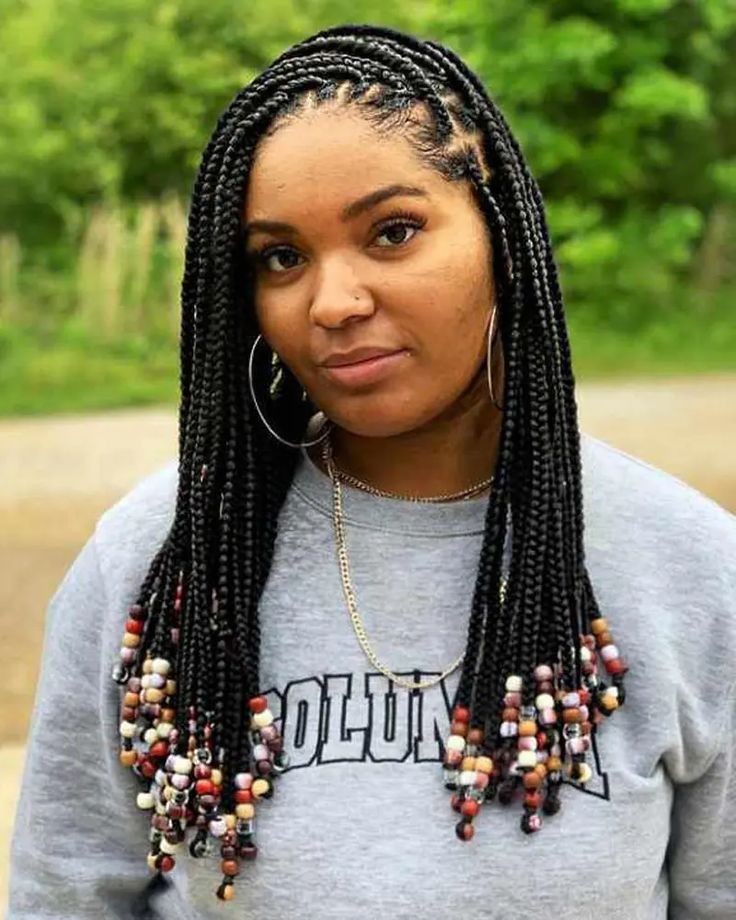



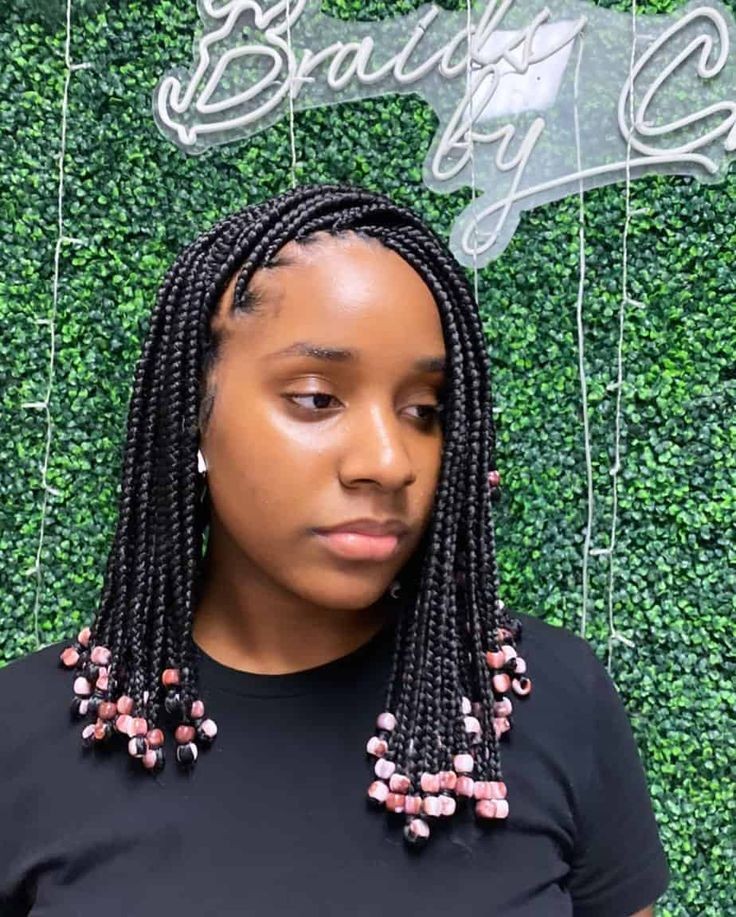



Ponytail Carrot Hairstyles: Elevating the Classic
Take the charm of carrot plaiting to new heights by opting for ponytail carrot hairstyles. Whether it’s a sleek and high ponytail like Zendaya’s or a voluminous and textured one like Eva Marcille’s, this style adds a dash of sophistication to your overall look.
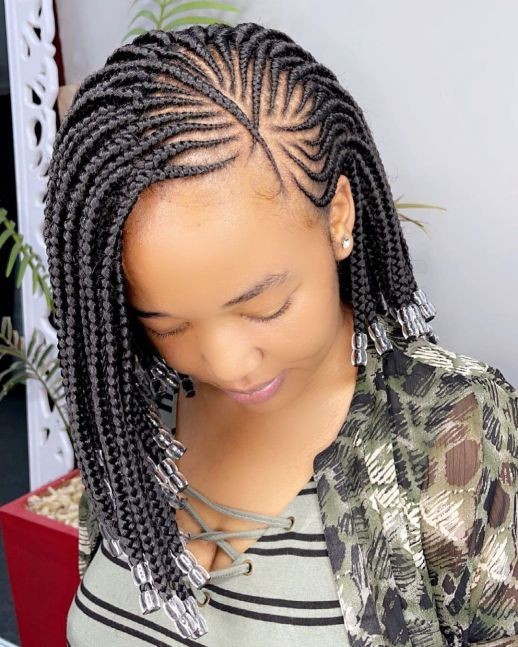

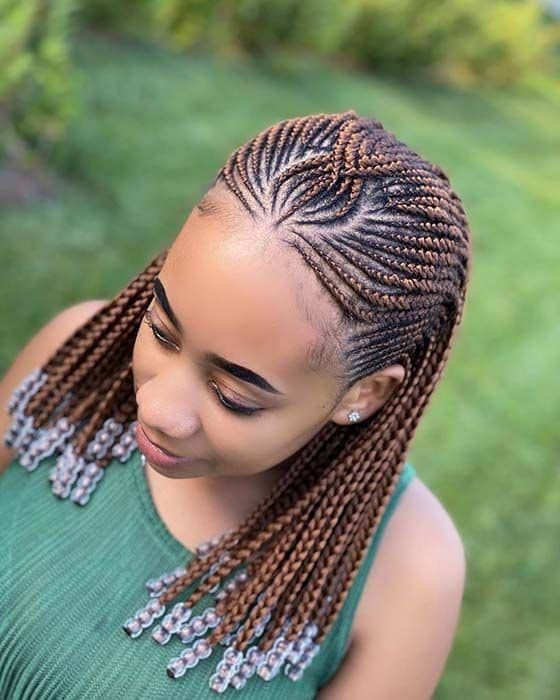





Funky Carrot Hairstyles: Embrace Uniqueness
Add a splash of creativity and flair to your carrot plaiting by experimenting with funky styles. With the right accessories, such as beads, cuffs, or threads, your braids can take on a personalized and eye-catching character, much like Janelle Monáe’s signature style.
Marley Braid Carrot Hairstyles: Textured Elegance
For those seeking more texture and volume, Marley braid carrot hairstyles are a fantastic option. These braids are thicker and give a fuller appearance, reflecting the confidence and boldness of Alicia Keys’ timeless presence.
Carrot plaiting hairstyles are more than just a trend; they embody the essence of African beauty and cultural pride. From mastering the art of plaiting to exploring its numerous variations like ponytail and Marley braid carrot hairstyles, this style celebrates the diversity and versatility of African braiding.


So, whether you’re inspired by the regal elegance of Nomzamo Mbatha or the fearless charm of Yara Shahidi, embrace carrot plaiting as a statement of individuality and an ode to your African roots. Just like Janelle Monáe’s electrifying performances, let your carrot plaiting hairstyle be a true reflection of your vibrant personality and the powerful story it tells about your heritage.
Frequently Asked Questions ❓
- What is the origin of carrot plaiting hairstyles? Carrot plaiting hairstyles have their roots in West Africa, where they originated centuries ago. They served both practical and cultural purposes, symbolizing status, age, and marital status, while also offering protection to hair from harsh elements. Today, this braiding style continues to celebrate African heritage and has become a prominent symbol of beauty and cultural identity.
- How long does it take to plait carrot hairstyles? The time required to plait carrot hairstyles can vary depending on factors like hair length, thickness, and intricacy of the chosen pattern. On average, it may take anywhere from 3 to 8 hours to complete a full head of carrot plaiting. However, skilled hairdressers like Christina at African Braiding Styles Store can complete the process efficiently, ensuring both speed and quality.
- Are carrot plaiting hairstyles suitable for all hair types? Carrot plaiting hairstyles are versatile and can be adapted to suit various hair types, including natural hair, relaxed hair, and hair with extensions. However, individuals with extremely fragile or damaged hair should consult a professional hairdresser to ensure that the plaiting process does not cause further harm.
- How do I maintain my carrot plaiting hairstyle? To maintain your carrot plaiting, practice regular scalp care and keep your braids clean. Moisturize your scalp with natural oils or leave-in conditioners to prevent dryness. At night, wrap your hair with a satin or silk scarf to protect your braids while sleeping. Avoid excessive manipulation or tension on the braids to preserve their longevity.
- Can I wear my carrot plaits for an extended period? Carrot plaiting hairstyles are designed to be long-lasting and can be worn for several weeks, depending on your hair’s growth rate and the level of maintenance. However, it’s essential to have your hair checked by a professional hairdresser after a few weeks to ensure the health of your scalp and hair.
- Do carrot plaiting hairstyles promote hair growth? Yes, carrot plaiting hairstyles can promote hair growth when done correctly. The braids protect your natural hair from environmental damage, allowing it to retain moisture and reduce breakage. Regular moisturization and a proper scalp care routine also contribute to healthy hair growth.
- Can I swim with carrot plaits? While you can swim with carrot plaiting hairstyles, it’s crucial to take some precautions. Before swimming, apply a protective hair serum or oil to your braids to shield them from chlorine or saltwater damage. After swimming, rinse your hair with clean water and moisturize to prevent dryness.
- Can I style my carrot plaits in different ways? Absolutely! Carrot plaiting hairstyles are highly versatile. You can style them into various updos, ponytails, or even half-up, half-down styles. Adding accessories like beads, ribbons, or hair cuffs can further enhance the look and make it uniquely yours.
- How often should I get my carrot plaits redone? The frequency of redoing your carrot plaiting depends on your hair’s growth rate and how well you maintain the braids. On average, you may need to get them redone every 6 to 8 weeks. However, visiting your hairstylist for a consultation can help determine the best timing based on your specific hair needs.
- Can I color my carrot plaiting hairstyles? While coloring can add a unique touch to your carrot plaiting, it’s essential to consult with a professional hairdresser before attempting any chemical treatments. Not all braiding extensions can handle hair dye, so it’s crucial to use extensions specifically designed for coloring.
- Do carrot plaits cause hair breakage? When done with proper technique and not too tightly, carrot plaiting hairstyles should not cause hair breakage. However, excessively tight braids or rough handling during the installation or removal process can lead to hair breakage and damage.
- How can I relieve scalp tension after getting carrot plaits? If you experience scalp tension after getting carrot plaits, gently massage your scalp with natural oils like coconut or jojoba oil. This can help soothe the scalp and provide relief. Avoid scratching or excessively touching your scalp, as this may exacerbate the tension.
- Can men wear carrot plaiting hairstyles? Absolutely! Carrot plaiting hairstyles are not limited by gender and can be worn by men who desire a stylish and protective hairdo. Like women, men can personalize their braids with various patterns and accessories.
- Are carrot plaiting hairstyles appropriate for formal events? Carrot plaiting hairstyles can be elegant and sophisticated, making them suitable for formal events as well. You can style your braids into an updo or accessorize them to complement your outfit and create a stunning look for any special occasion.
- Can I remove my carrot plaits at home? While it’s possible to remove your carrot plaits at home, it’s recommended to have a professional hairdresser handle the process. They can ensure that the braids are taken out carefully, minimizing hair breakage and damage. If you choose to remove them yourself, do so gently and with patience to preserve the health of your natural hair.

